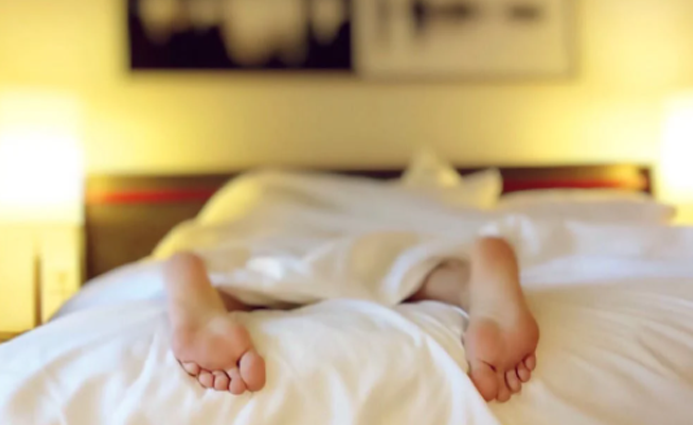|
|
You may be surprised to know that the rhythms of the seasons underlie some depressions. Our typical annual cycles cause many people to suffer from Seasonal Affective Disorder (SAD). A depression that occurs during the fall and winter months, especially in the far northern climates. Some people call it “cabin fever.” Almost anyone can get a little depressed when the days get shorter, dark and cold. But when a person’s symptoms are lasting and disabling, the problem may be SAD, and related to the decreased exposure to sunlight.
Here are some symptoms of Seasonal Affective Disorder:
- Oversleeping and struggling to stay awake – Your sleep habits may be disrupted, and consequently you wake very early in the morning.
- Fatigue – You’re just too tired to stick with your normal schedule.
- Craving – You hunger for carbohydrates and sweets, leading to overeating and weight gain.
- Inability to cope – You feel grouchy and stressed out.
- Social withdrawal – You become unsocial in the winter but are socially active during other seasons *Rosenthal, 1993).
Bright Light Helps
Many people suffering with Seasonal Affective Disorder look forward to winter with a sense of apprehension. SAD affects nearly 2 percent of Florida’s population, 6 percent of people living in the Mid-Atlantic states, and 10 percent of people living in New England and Alaska (Booker & Hellehson, 1992).
Seasonal depressions are related to the release of more Melatonin during the winter. This hormone, which is secreted by the Pineal Gland in the brain, regulates the body’s response to changing light conditions. (Wehr Et al, 1992). Eighty percent of SAD sufferers can be helped by extra doses of bright light, a remedy called phototherapy. Using bright fluorescent or sun lamps each morning simulates dawn in the summer.
This report is not a diagnosis. We hope this information can guide you toward improving your life. Review our Knowledge Base or the links displayed on this page for similar and related topics.

